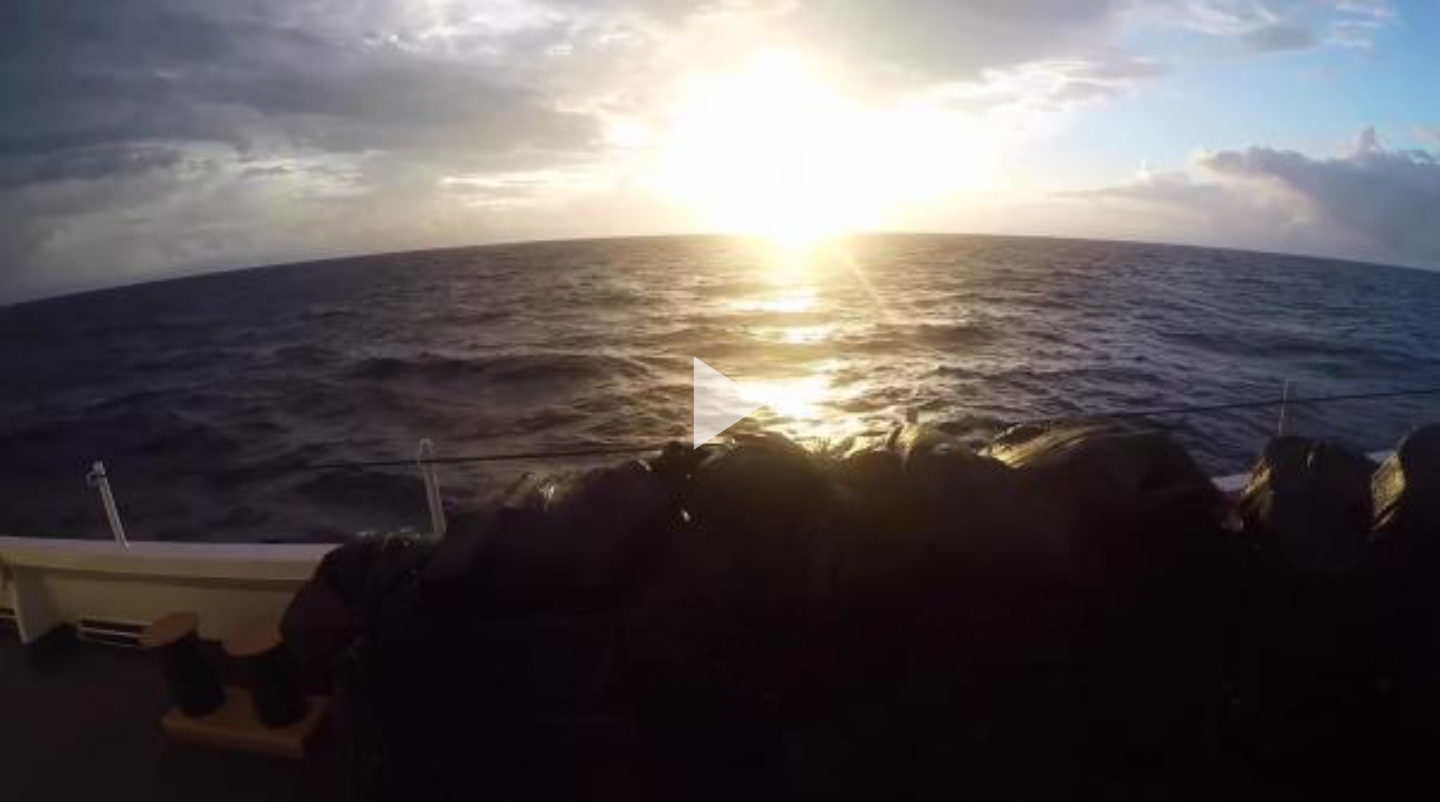Port Angeles-based Coast Guard cutter returns home following counterdrug patrol, $95 million worth of cocaine seized by crew
U.S. Coast Guard sent this bulletin at 06/04/2018 11:40 AM EDT
| News Release |
U.S. Coast Guard 13th District Pacific Northwest |
Port Angeles-based Coast Guard cutter returns home following counterdrug patrol, $95 million worth of cocaine seized by crew
 |
||
 |
 |
 |
PORT ANGELES, Wash. — The crew aboard a 53-year-old Coast Guard cutter returned home to Port Angeles Friday following a counterdrug patrol in international waters off the coast of Central America in the Eastern Pacific Ocean.
The 75-member crew aboard the Coast Guard Cutter Active deployed to the Eastern Pacific Ocean where they interdicted three “panga” style vessels and one pleasure craft, resulting in the seizure of more than three tons of illicit narcotics worth an estimated $95 million in wholesale value. The crew apprehended 11 suspected drug smugglers during the interdictions who will be prosecuted in the United States. The drugs were turned over to federal agents from the Drug Enforcement Administration for destruction.
“The crew of Active should be proud of all they’ve accomplished to combat dangerous transnational criminal organizations that spread violence and instability throughout the Western Hemisphere,” said Vice Adm. Fred Midgette, commander, U.S. Coast Guard Pacific Area. “Their ability to complete the mission on this aging platform is a testament their abilities as cuttermen and Devotion to Duty as Coast Guard women and men.”
The Active is a Medium Endurance Cutter and currently operating beyond its expected 40-year service life. The MEC class is considered the backbone of the Coast Guard’s fleet; however, engineering challenges have plagued the operations of these vessels in recent years. The crew of the Coast Guard Cutter Alert from Astoria, Oregon, was forced to return to the U.S. early from a counterdrug patrol near Central America following a series engineering malfunctions in March 2018.
In addition to conducting Coast Guard law enforcement missions, Active’s crew conducted deck landing qualifications with local Coast Guard air stations to provide training for the pilots and Active’s crew, giving members the opportunity to increase their helicopter operational proficiency for future missions.
"I’m incredibly proud of this crew and their accomplishments,” said Active’s Commanding Officer, Cmdr. Chris German. “The success of this patrol is a testament to their hard work and dedication. Just to keep a 53-year-old ship in prime condition is a feat in and of itself, and they have done that and much more. As they spend some well-deserved down time with their families, they can rest assured that they’ve made a difference by preventing this poison from reaching our streets, and that they’ve taken some of the profits out of the pockets of transnational organized crime networks.”
Medium Endurance Cutters are scheduled for replacement by the Offshore Patrol Cutter, with construction of the first vessel beginning in 2018 and scheduled for completion in 2021. The OPC is one of the Coast Guard’s highest priority acquisitions, and as a replacement for the aging medium endurance cutters, the OPC will be the foundation of the Coast Guard’s offshore fleet and bridge the gap between the capability of the National Security Cutter and the Fast Response Cutter.
“These cutters (OPCs) will eventually comprise 70 percent of Coast Guard surface presence in the offshore zone,” said former U.S. Coast Guard Commandant Adm. Paul Zukunft before the House Committee on Appropriations, Homeland Security Subcommittee in May 2017. “Offshore Patrol Cutters will provide the tools to more effectively enforce federal laws, secure our maritime borders by interdicting threats before they arrive on our shores, disrupt TCOs, and respond to 21st century threats.”
Despite aging platforms, MEC crews continue to patrol the drug transit zone in the Pacific Ocean near Central and South America with great success. MEC crews stopped nearly a third of all drugs seized by the U.S. Coast Guard in Fiscal Year 2017, more than 138,000 pounds. In Fiscal Year 2017, the Coast Guard removed more than 493,000 pounds of cocaine worth more than $6.6 billion, which was a new record for the service, up from 443,000 pounds of cocaine in Fiscal Year 2016.
-USCG-

